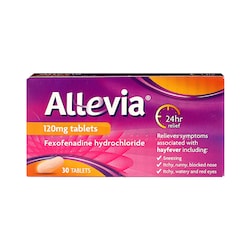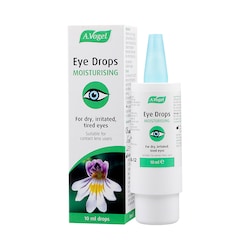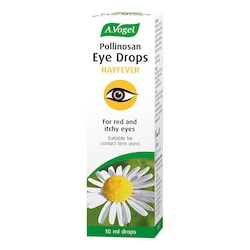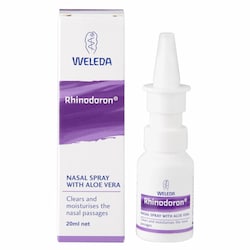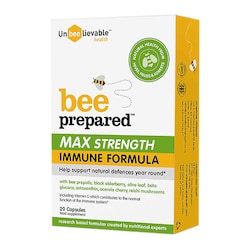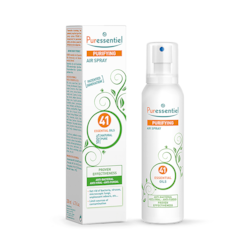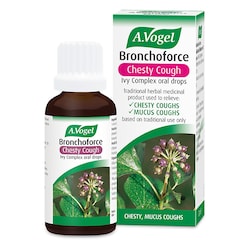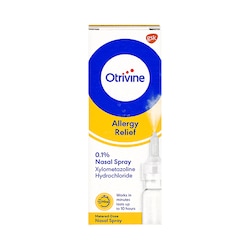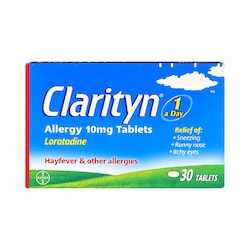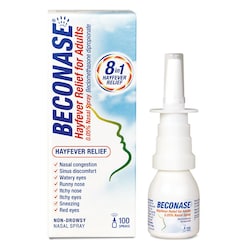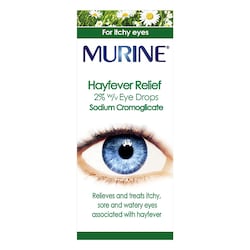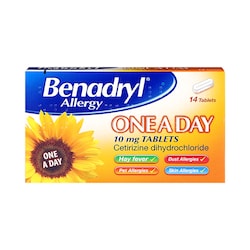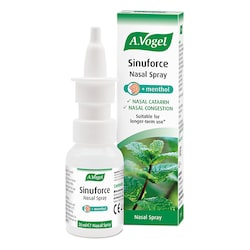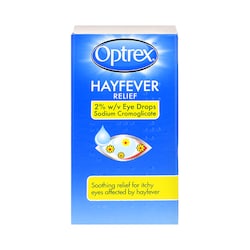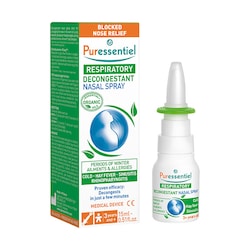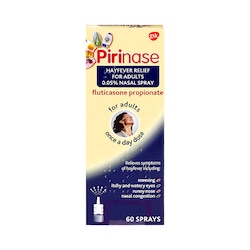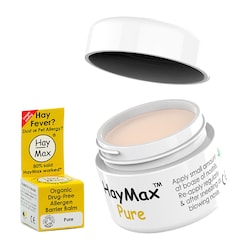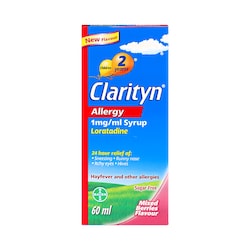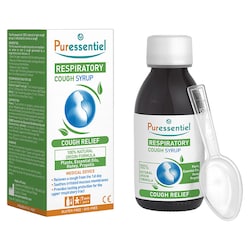20% off £30
Code:QUICK
12 best natural antihistamines

Suffering from allergies and considering on treating them naturally? Check out the list of 12 best natural antihistamines featured in this article.
Summary
1What is an antihistamine?
Antihistamines are a medicine used to help ease the symptoms of allergies, such as hay fever, conjunctivitis or reactions to insect bites/stings.
2Can you fight allergies through food?
Research suggests that the rise in allergic reactions may be due to modern diets consisting of more processed foods.
3Do home remedies for allergies work?
Different remedies work differently on different people, so there’s no guaranteeing what worked for your friend will have the same effect on you.
Allergies are rising rise year-after-year, with more than a quarter of people in the UK suffering from an allergy at some point in their lives. Allergic rhinitis, including hay fever and seasonal allergies, affects up to 30% of adults and up to 40% of children.1
For most people, antihistamines are the go-to treatment with various medications available over the counter or by prescription. But instead of reaching for your usual tablets, why not try some of the natural solutions listed below to help ease the misery of your symptoms and treat your allergy?
Antihistamines come in various different forms, which includes tablets, capsules, liquids, syrups, creams, lotions, gels, eye drops and nasal sprays.
They work by blocking the way the substance, histamine, impacts the body. Histamine is usually released when the body detects something harmful, such as an infection. It reacts by making our blood vessels and skin swell, which are two natural defence mechanisms.
But if you have an allergy, your body will mistake something harmless, such as pollen, animal hair or house dust – as a threat and produce histamine. The histamine then triggers an allergic reaction that most commonly involves symptoms such as itchy, watering eyes, a runny or blocked nose or sneezing and skin rashes. Antihistamines prevent this from happening, providing you take them before you’re exposed to the substance you’re allergic to. If taken after your allergy symptoms have been triggered, they can potentially help reduce the severity of the symptoms.
What is a natural antihistamine?
Natural antihistamines provide allergy relief just like pharmaceutical antihistamines do. They’re also believed to come with fewer side effects than over-the-counter and prescription antihistamines – namely drowsiness.3
While it’s possible for people to become tolerant of pharmaceutical antihistamines over time, which can make them less effective, this reportedly isn’t the case when it comes to natural alternatives.
However, when compared to pharmaceutical antihistamines, natural antihistamines may take a bit longer to work – around two weeks or more.
Natural antihistamines can be found in abundance in vegetables, fruit and herbs. They can also be taken in capsule or tablet form. More on this below.

Summary
- Antihistamines are a medicine that’s used to help ease the symptoms of allergies
- There are pharmaceutical and natural antihistamines
- Natural antihistamines can exist as food, herbs and drink
Can you fight allergies through food?
It’s thought that making changes to the food we eat may reduce some common allergy symptoms. Apart from certain foods causing direct food allergies in some people, research suggests that the rise in allergic reactions may be due to modern diets consisting of more processed foods.
Although this hasn’t been proven, eating a healthy, balanced diet packed with essential nutrients is vital for overall health. Ensuring your immune system functions normally with vital vitamins and minerals may help to manage some of the allergy symptoms in the long run.
Do home remedies for allergies work?
It all depends on the severity of your allergy and the type of remedy you’re using to tackle it. Different remedies work differently on different people, so there’s no guaranteeing what worked for your friend will have the same effect on your own allergy symptoms. Added to this, is the fact you can have multiple things you’re allergic too as well.4
One of the best measures you can take, alongside other remedies, is avoidance. That means trying to identify your allergic triggers and limiting or avoiding your exposure to them.
However, some allergens are difficult to avoid and trickier to identify than others. Always speak to your GP first before taking any action to tackle your allergies.

Summary
- Making changes to our diet may reduce some common allergy symptoms
- Eating a healthy, balanced diet full of essential nutrients is vital for overall health
- Different remedies, natural or pharmaceutical, work differently on different people
12 natural antihistamines
Regular exercise and a healthy diet may help reduce allergy symptoms. Research has found that 30 minutes of moderate exercise each day may relieve nasal congestion, sneezing and itching.
Including fruits and vegetables packed with essential vitamins, like Vitamin C, may also help to keep your immune system healthy. Using a saline nasal spray or nasal irrigation to flush airborne allergens from your nose may also reduce nasal congestion and sneezing over time.
Several studies suggest that daily fish oil supplements containing omega-3 fatty acids may help allergy sufferers. The omega-3 fatty acids, docosahexaenoic acid (DHA) and eicosapentaenoic acid (EPA), which are found naturally in fish oil, are commonly thought to protect against asthma and allergies.5
According to a 2018 study on the effect of Vitamin C on allergies, high doses of intravenous Vitamin C helped ease allergy symptoms. It’s thought that its antioxidant properties helped reduce oxidative stress that can trigger allergies.
A separate study in 2000 found that taking 2,000mg of Vitamin C a day can reportedly help reduce histamine levels.6
Citrus fruit, such as oranges and lemons, may also be beneficial to allergy sufferers due to their high Vitamin C content. Some studies have shown that Vitamin C may also have a natural antihistamine effect, helping to break down histamines faster once they’ve been released in the body.
Quercetin is found naturally in food, such as apples (with the skin on), berries, red grapes, red onions, capers and black tea. It’s also available in supplement form.
Quercetin can be used to help ease allergic rhinitis, atopic dermatitis and asthma, as well as other allergies. Around 200 to 400mg of quercetin is taken to help manage typical allergies, such as hay fever.7
This herb, which can be used as a tea, is believed to be able to reduce the symptoms of allergic rhinitis. A randomized double-blind study of humans found it appeared to reduce allergy symptoms.
There were some changes in clinical measures, such as eosinophil counts (a type of white blood cell involved in allergic reactions) in nasal smears. More research is required to prove its effectiveness at tackling allergies.8
Is an enzyme that’s naturally found in papaya and pineapples. According to the National Center for Complementary and Integrative Health, it can be used to ease the symptoms of acute nasal and sinus inflammation when taken alongside standard medications.
A pilot study of 12 patients with chronic sinusitis published in 2013 found that taking 500mg of bromelain six times a day for three months improved symptoms.9
This oil contains several active chemical compounds, including thymoquinone, that may help. relieve the symptoms of allergic rhinitis.10
Animal research has shown that black cumin seed oil extract can restrict the way mast cells, which release inflammatory compounds that drive allergic reactions, work.
Meanwhile, a study involving people with allergic rhinitis, found that when they smelt or rubbed black cumin seed oil on their forehead, it helped reduce itching, runny nose and sneezing attacks.
Being deficient in this particular vitamin has been linked to allergies, including allergic rhinitis, allergic asthma, eczema and anaphylaxis. It’s believed that Vitamin D helps regulate immune system cells and the release of chemicals that can produce allergy symptoms.
One study, involving people with a Vitamin D deficiency, found that when they took Vitamin D supplements and antihistamines, their allergy symptoms improved after eight weeks.11
Nasal irrigation, also called a nasal rinse or saline lavage, is an at-home remedy that involves using sterile saltwater to clear nasal passages. They can be carried out daily, or even, several times a day, to help with congestion. It’s been linked by research to helping manage allergy symptoms and improving breathing and sleep. 12
Butterbur is a shrub that’s found in Europe, Asia, and North America that’s historically been used to treat the plague and asthma. Several studies have shown butterbur extract can treat allergic rhinitis.
However, limited information about the long-term effects of butterbur currently exists, which can reportedly come with side effects, including headaches, itchy eyes and dizziness.13
Is an antioxidant that’s present in chicken and turkey, eggs, garlic and yogurt. While it may not reduce histamine levels, it has been found to help break up mucus. And with mucus overproduction being a common allergy side effect, NAC is widely recognised as being useful for allergy sufferers.
You’ll also find it in cruciferous vegetables, such as cauliflower, broccoli, cabbage and Brussels sprouts. 14
Takeaway

It’s entirely up to you if you take the pharmaceutical or natural antihistamine route to try and tackle your allergies. However, it’s important that whichever option you choose, you speak to your GP before trying anything new.
Getting to the root cause and identifying what’s causing your allergies is the ideal solution, while natural antihistamines, whether that be food, herbs or drink, can potentially help make your everyday symptoms that bit more manageable.
The advice in this article is for information only and should not replace medical care. Please check with your GP or healthcare professional before trying any supplements, treatments or remedies. Food supplements must not be used as a substitute for a varied and balanced diet and a healthy lifestyle.
Last updated: 28 May 2021
- https://www.verywellhealth.com/allergy-symptoms-82635
- https://www.nhs.uk/conditions/antihistamines/
- https://www.healthyway.com/content/your-guide-to-natural-antihistamines-what-to-know-when-allergy-symptoms-arrive/
- https://www.healthline.com/health/home-remedies-for-allergies#home-remedies
- https://www.sciencedirect.com/science/article/pii/S1323893014000100/
- https://www.healthline.com/health/home-remedies-for-allergies
- https://www.verywellhealth.com/natural-allergy-remedies-89245#quercetin
- https://www.verywellhealth.com/natural-allergy-remedies-89245#quercetin
- https://www.verywellhealth.com/bromelain-what-should-you-know-about-it-88318
- https://www.verywellhealth.com/natural-allergy-remedies-89245#quercetin
- https://www.verywellhealth.com/natural-allergy-remedies-89245#quercetin
- https://www.verywellhealth.com/allergy-symptoms-82635
- https://www.healthyway.com/content/your-guide-to-natural-antihistamines-what-to-know-when-allergy-symptoms-arrive/
- https://www.healthyway.com/content/your-guide-to-natural-antihistamines-what-to-know-when-allergy-symptoms-arrive/


